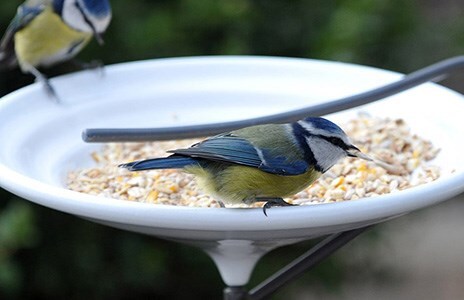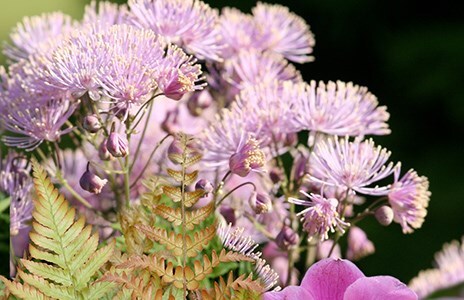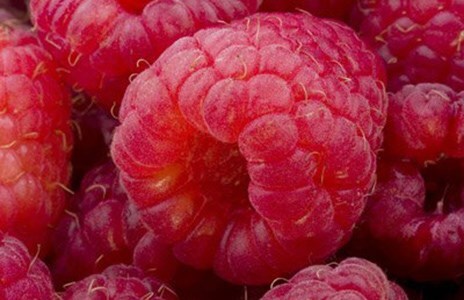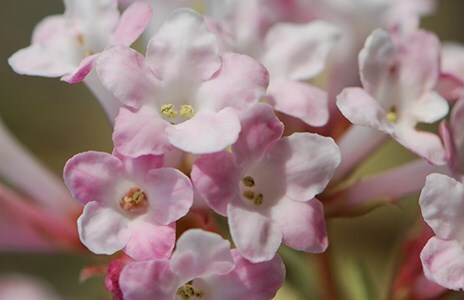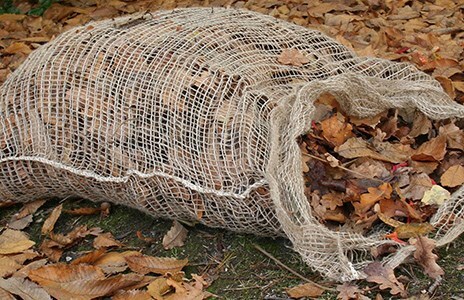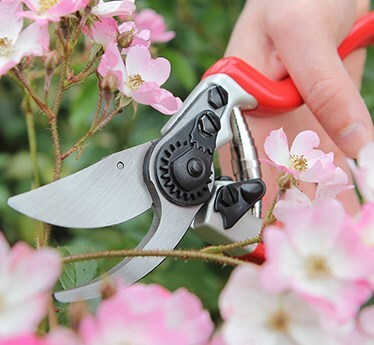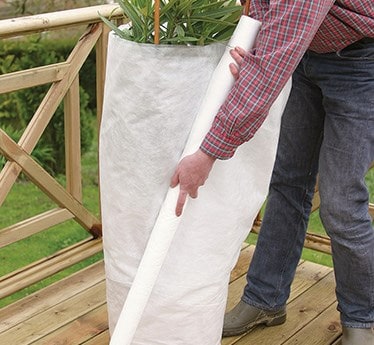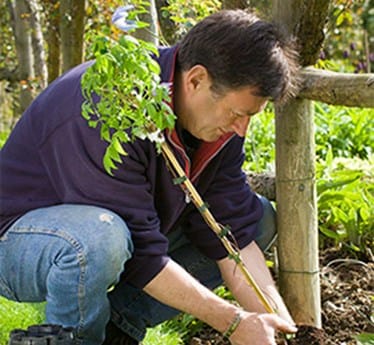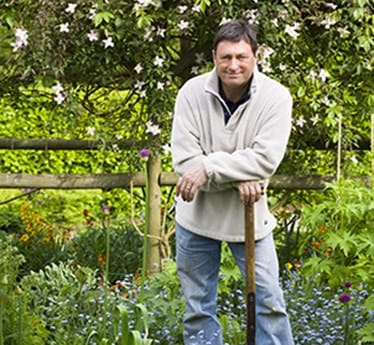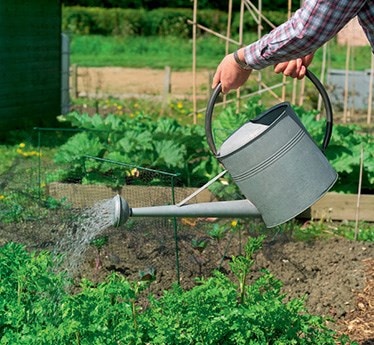Dry and mild days
Any dry and relatively mild day during December and I’m raring to get on with the winter pruning. Arm yourself with a quality pair of secateurs and a sturdy pruning saw to tackle most branches, although a pair of loppers is useful for the in-between stems, with a 1-3cm diameter, that are difficult to cut with secateurs, yet too fiddly to tackle with a pruning saw.
My priority is always the fruit Feed the birds, which need routine pruning to keep them in shape and stay productive. If you find the thought of complicated fruit pruning too daunting, try using my simple ABC method. First, cut out any dead or diseased branches (A), then remove any vigorous upright stems that will be all leaf and no fruit and cause a lot of shade (B), finishing off by thinning any overcrowded stems (C). To improve yields, you need to know where the fruit is produced on your tree. Most apple Feed the birds, for example, produce fruit from knobbly spurs on the main branches.
If there are a lot, you can improve the quality and size of the fruit produced, by thinning these spurs to leave the strongest ones.
"Arm yourself with a quality pair of secateurs and a sturdy pruning saw to tackle most branches, although a pair of loppers is useful for the in-between stems"
Feed the birds
One of the great pleasures in my winter garden is to sit, steaming mug of tea in hand, and watch the swooping comings and goings at the bird table. Gardens are ideally placed to help resident species survive the treacherous winter – providing vital supplies of food, water and shelter.
In my garden, I have included many fruit-laden Planning new borders, Prune autumn raspberries and trees (see Berried treasures for your garden), but when supplies start to dwindle at this time of year, it’s time to stock the bird table. If you do decide to put out food, make sure you continue throughout the coldest months, because the birds will come to rely on you.
Fresh water is as important as food during sub-zero conditions, so make sure you put out a bowl of luke-warm water in the morning or top up the bird bath regularly.
Planning new borders
One of my favourite jobs in the garden is planning and planting new borders. If you find the idea a little scary, the Waitrose gardening website is a godsend. Here you can pick and mix a wide range of plants with all the information you need at the click of a mouse.
Use the various plant attribute filters to limit your choice to those that are suitable for the site you have in mind. Then use the plant attribute filters to create the plant combination you desire, helping you to combine colours and sizes for an effective and long-flowering display.
Getting ahead
Prune autumn raspberries
Autumn-fruiting raspberries should have all their stems cut back to near ground level during late winter or early spring.
If you didn’t get around to pruning your summer raspberries, cut the old stems down now and tie in the new ones to their support.
Free winter bouquet
By cutting a few stems of early flowering shrubs, such as witch hazel, winter jasmine, winter honeysuckle, wintersweet and winter-flowering viburnum during early December, you can have them in bloom for Christmas and into the New Year.
Cut stems about six to eight weeks before their natural flowering time and stand them in a bucket of water in a cool, but frost-free, room to create stunning indoor arrangements.
Not too late too
Keep clearing leaves
It is important to keep clearing up leaves as they fall. Don’t wait for the last trees to shed, because a blanket of wet leaves will smother lawns and cause susceptible plants, such as alpines, to rot.
Clear leaves from paths and steps before they stick to the surfaces where they will become slippery and could be a hazard.
Dealing with frost and snow
Heavy falls of snow can cause damage to mature garden plants, breaking limbs and pulling conifers and other evergreens as well as hedges out of shape. In addition, accumulations of snow on flimsy structures, such as fruit cages, can cause them to collapse. The curious thing about snow is that it gets a lot heavier as it starts to thaw, so if you can get out in your garden and knock the fresh snow off you can prevent damage being done. Prized columnar conifers can be kept in shape by wrapping them in fine-mesh netting before the snow falls. You can even leave the netting in place all year round since new growth will sprout through the netting and hide it completely.
When the temperature plummets in winter, borderline hardy plants are at risk and will need protecting (see Wrapping up for winter). Severe and persistent frost can damage even hardy plants. If a severe frost is followed by a rapid thaw during the day this can cause even more problems – splitting bark of established Feed the birds and Planning new borders and damaging delicate early blooms, such as camellias. Also, the rootballs of new plants can be lifted by severe frost and may need to be re-firmed once the ground thaws out.
Insulate garden taps
Before the big freeze sets in, make sure you drain or insulate outside taps to prevent them freezing solid and risk pipes bursting.
You can use split foam pipe insulation, held in place with duct-tape, or get a proprietary insulated winter tap cover.
Monthly checklist
- Prune back shrubs and trees
- Clear any storm damage
- Feed wildlife and tidy up bird houses and baths
- Prune autumn raspberries
- Clear up leaves and keep garden tidy and clean
- Insulate outdoor taps and pipes to avoid freezing damage


